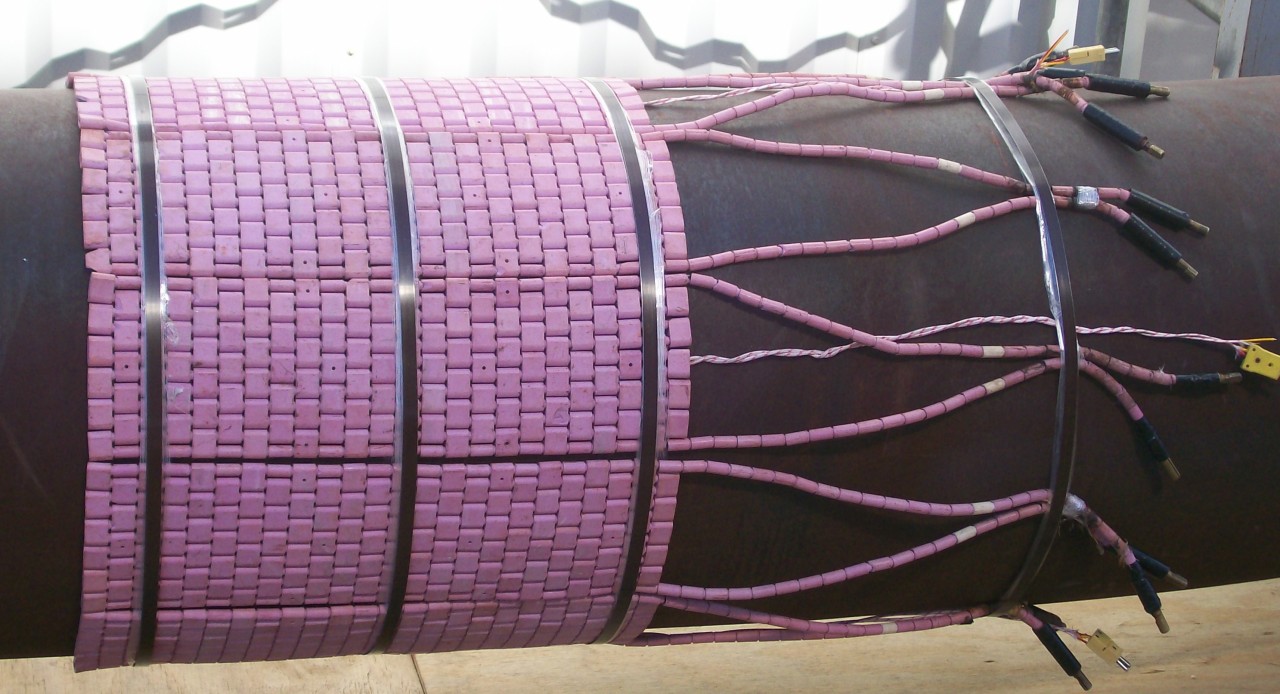
Heat Treatment (PWHT)
Welcome to [NDT Inspection Portal]’s heat treatment (PWHT) group, a place for professionals to connect... View more
Why heat treat weld?
Why heat treat weld?
Post-weld heat treatment (PWHT) is a process in which a component or structure is heated to a specific temperature and then cooled at a controlled rate. This process is often used in the welding of high-strength steels and other materials, and has several benefits including:
- Reducing residual stresses: Welding can cause residual stresses to form in the material, which can lead to distortion and potential failure. PWHT can help to relieve these stresses and improve the overall integrity of the welded component.
- Improving toughness and ductility: PWHT can help to improve the toughness and ductility of the weld metal and the base metal, making the component more resistant to cracking and failure.
- Improving corrosion resistance: PWHT can help to improve the corrosion resistance of the weld and the base metal, making the component more resistant to corrosion over time.
- Reducing the risk of brittle fractures: PWHT can help to reduce the risk of brittle fractures in the weld and the base metal, which can be a common failure mode in high-strength steels and other materials.
- Improving the overall quality of the weld: PWHT can help to improve the overall quality of the weld, resulting in a stronger, more reliable component.
Overall, PWHT is a valuable process that can help to improve the strength and reliability of welded components and structures. It is an important part of the welding process for many applications, and can help to ensure the long-term performance and safety of the finished product.
Sorry, there were no replies found.
Log in to reply.